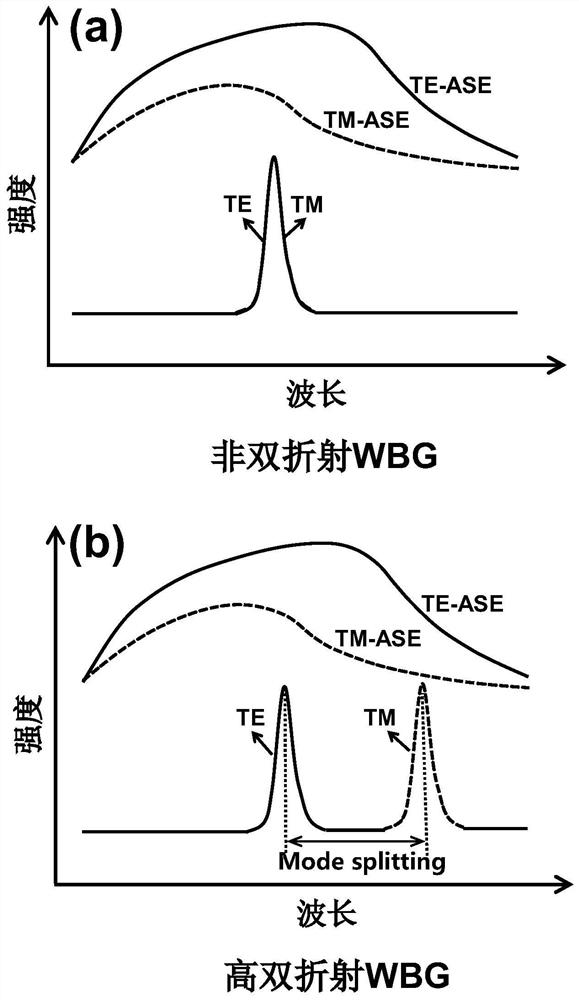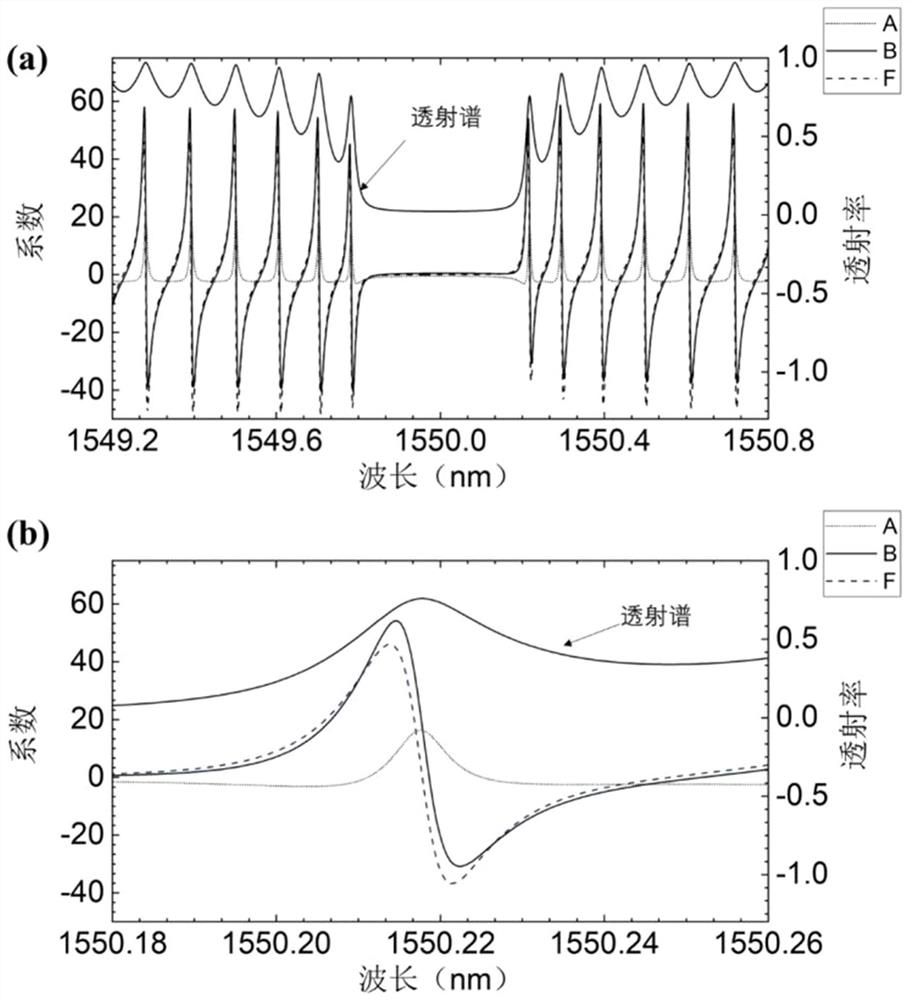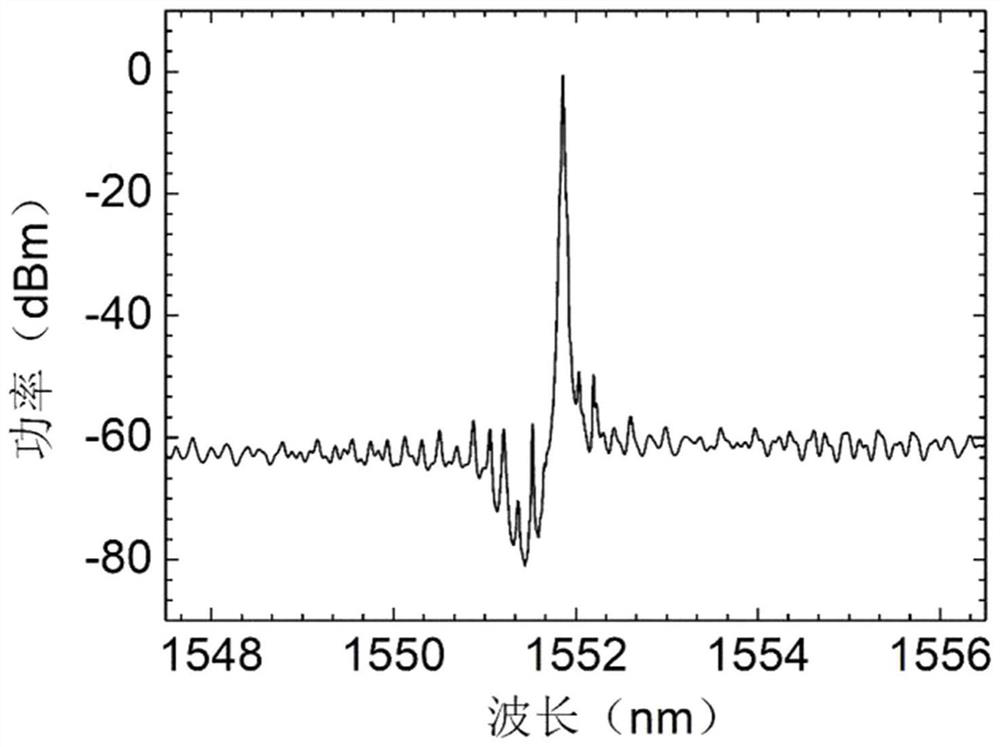Linear polarization narrow linewidth external cavity type semiconductor laser
A linearly polarized, narrow linewidth technology, applied to the field of linearly polarized narrow linewidth external cavity semiconductor lasers
- Summary
- Abstract
- Description
- Claims
- Application Information
AI Technical Summary
Problems solved by technology
Method used
Image
Examples
Embodiment 1
[0062] The linearly polarized narrow-linewidth external-cavity semiconductor laser provided in Embodiment 1 of the present invention includes a gain chip 101, an external-cavity frequency selection device 102, a coupling lens 103, a lens group 104, an L-shaped bracket 105, a polarization-maintaining fiber 106, and a metal bracket 107 and a substrate 108, the substrate 108 is a metal substrate, the gain chip 101, the external cavity frequency selection device 102, the coupling lens 103, the lens group 104, the L-shaped bracket 105, the polarization maintaining optical fiber 106, and the metal bracket 107 are respectively arranged on the substrate Bottom 108 on.
[0063] The F-P resonant cavity is formed between the gain chip 101 and the frequency selection device 102 of the external cavity, and the coupling lens 103 is located between the gain chip 101 and the frequency selection device 102 of the external cavity, and is used to match the mode field of the gain chip and the freq...
Embodiment 2
[0073] The difference between Embodiment 2 and Embodiment 1 is that the coupling mode between the gain chip 201 and the external cavity frequency selection device 202 is changed from lens coupling to end surface coupling. More specifically, the positions of the gain chip 201 and the external cavity frequency selection device 202 are exchanged with those of the gain chip 101 and the external cavity frequency selection device 102 in Embodiment 1, and the gain chip 201 is used as a linearly polarized narrow linewidth external cavity type At the output end of the semiconductor laser, the external cavity frequency selection device 202 is used as the high inversion end of the linearly polarized narrow linewidth external cavity type semiconductor laser, and the gain chip 201 and the external cavity frequency selection device 202 are directly integrated through end-face coupling.
[0074] An anti-reflection film is plated on the end face of the gain chip 201 coupled with the external c...
Embodiment 3
[0077] The difference between Embodiment 3 and Embodiment 1 is that the coupling lens 103 in Embodiment 1 is replaced by a speckle converter 303, and the speckle converter 303 is integrated at the front end of the external cavity frequency selection device 302, and the structure of the speckle converter 303 It is an inverted cone, in the same layer as the waveguide, and has the same thickness as the waveguide. The function of the mode speckle converter 303 is the same as that of the coupling lens 103 in Embodiment 1, and is used to match the mode field between the gain chip 301 and the external cavity frequency selection device 302, and improve the gain chip 301 and the external cavity frequency selection device 302. Coupling efficiency between.
[0078] The structures and positions of the lens group 304, the L-shaped bracket 305, the polarization-maintaining fiber 306, the metal bracket 307, and the substrate 308 in Embodiment 3 are all the same as those of the lens group 104...
PUM
 Login to View More
Login to View More Abstract
Description
Claims
Application Information
 Login to View More
Login to View More - R&D
- Intellectual Property
- Life Sciences
- Materials
- Tech Scout
- Unparalleled Data Quality
- Higher Quality Content
- 60% Fewer Hallucinations
Browse by: Latest US Patents, China's latest patents, Technical Efficacy Thesaurus, Application Domain, Technology Topic, Popular Technical Reports.
© 2025 PatSnap. All rights reserved.Legal|Privacy policy|Modern Slavery Act Transparency Statement|Sitemap|About US| Contact US: help@patsnap.com



